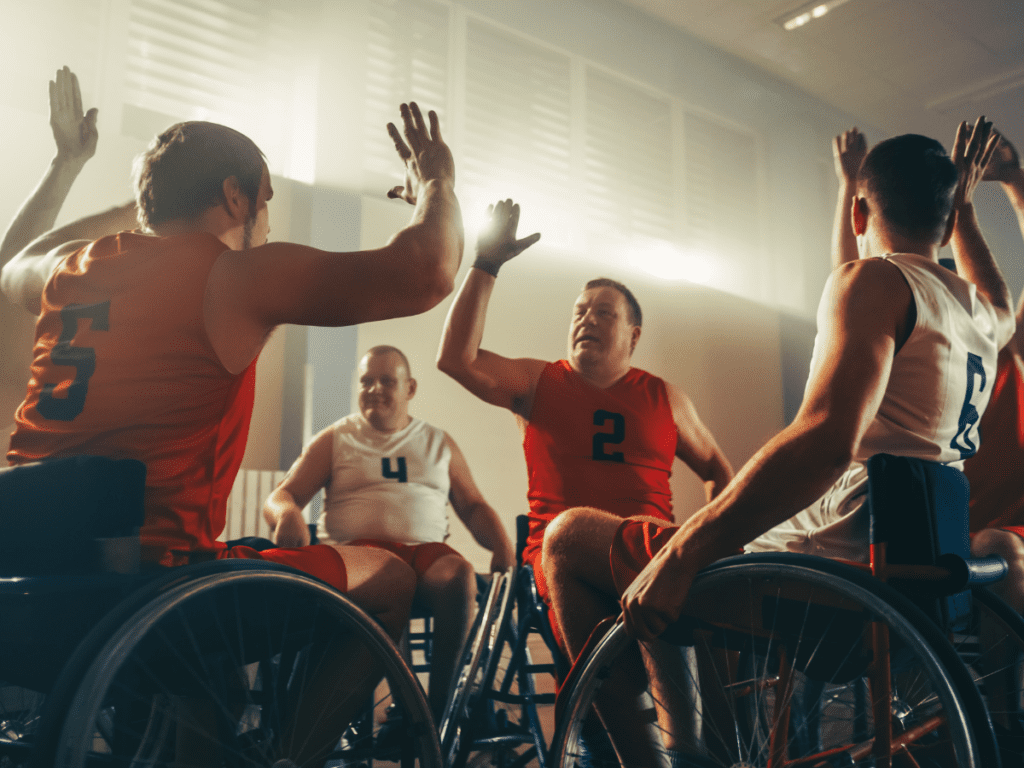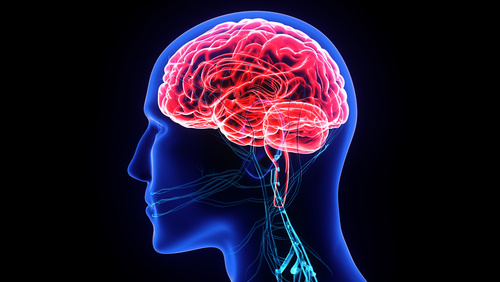Canadian Paralympic Committee Pathway Research Strategy

In today’s rapidly changing sport landscape, it’s critical to make every decision count – and make sure every dollar has impact. Many organizations are seeking ways to use data to inform decisions and assess outcomes. But how exactly do you to move from the concept of “evidence-informed” to tangible, deliberate application of research to your…
Sports Experiences of Lesbian, Gay, Bisexual and Transgender Athletes
This study aims to gain a better understanding of the sports experience of lesbian, gay, bisexual and transgender (LGBT) athletes. There is very little Canadian data so far on the reality of LGBT athletes. However, all existing studies on the subject look at the difficulties faced by LGBT athletes, such as rejection by peers, harassment,…
Leveraging parasport events for sustainable community participation

View the summary of this research here. The aim of this project was to examine how the hosting of different forms of sport events for persons with disabilities were being leveraged to create opportunities for community participation, and influence community attitudes towards disability. Research on events demonstrates that it is necessary to intentionally and strategically…
Inclusion in the Field(s) of Dreams?

The purpose of this project was to explore issues surrounding segregated sport for people with impairments and to address the question of whether or not segregated sport perpetuates inequity (Fay & Wolff, 2009). The specific objectives included: (1) Identifying the drawback and benefits of participation in segregated athlete training programs taking place in different settings;…
Exploring Developmental Factors for Overcoming Relative Age Effects in Ice Hockey
Relative age effects (RAEs) are developmental advantages experienced by those born in the early months of the year relative to an age-defined cut-off date (Barnsley et al., 1985). In sport and educational settings, RAEs tend to endure, resulting in an accumulated advantage that could affect youths’ overall development (Murray, 2003). This research program investigated the…
The Truth about “Sitting Kills”

Between productivity losses and direct healthcare costs, the worldwide economic burden of physical inactivity was $67.5 billion in 2013. People aren’t moving enough and are sitting too much, contributing to what many call a global pandemic of physical inactivity. Results from studies in Western countries show that in general, people spend the majority of their…
SIRC hosts the 11th annual Sport Canada Research Initiative (SCRI) Conference!

About SCRI 2017 Despite sport having endless benefits for your health, social well-being, and everyday life, many individuals are still hesitant to participate. In order to resolve this itching problem of how to get more people involved in sport, we must answer why. What is preventing them from participating? What are the barriers that youth,…
Sport Participation on a Budget

The new school year is on the horizon and parents want to make sure that their children stay active and healthy. One of the easiest ways to help that along is by signing them up for a sport. A 2015 study noted that 85% of Canadians agree that sport builds communities and has an overall…
The Implications of Screen Time for Young Children

In June, the Canadian Paediatric Society released new screen time guidelines for children under 5 years old. A child’s first experiences with screens can be habit-forming, with lasting implications. While there are potential benefits associated with mindful screen use among children, excessive screen time can present risks for development, psychosocial skills, and physical health. Parents…
Why Those Who Exercise Have a Good Head on Their Shoulders

Exercise doesn’t just improve physical health: it also benefits brain health through increased brain function and resistance to neurodegenerative diseases. One of the key players in this relationship is brain-derived neurotrophic factor (BDNF). What is Brain-Derived Neurotrophic Factor (BDNF)? Neuroplasticity involves modifying the functions of neurons and the different connections within the nervous system. Being…